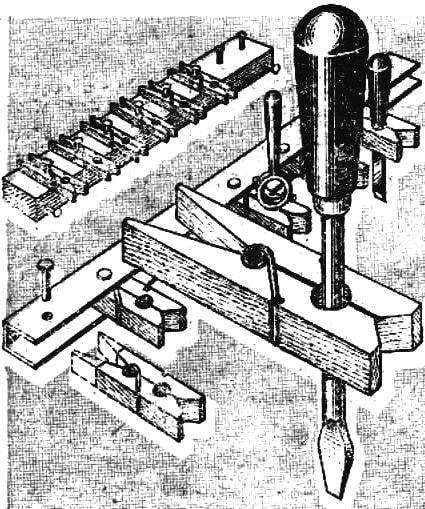 The first American car company Cadillac, founded in 1902, was a machine, practically do not differ from those produced workshops of Henry Ford. However, since 1909 the company went into the part of General Motors, began to produce cars with a more powerful 4-cylinder engines. In the future, the Cadillac firm specialized in the production of the most prestigious and comfortable limousines, and CADILLAC, the brand became a sign of wealth of the owner of the car, the entertainment machine, usually become carriers of new trends in automotive engineering. It is on the limousines CADILLAC introduced the electric starter and electric lighting (1912), V-shaped 8-cylinder engines (1915), dynamic system balancing, crankshaft and brakes on all four wheels (1924), as well as synchronized transmission (1929).
The first American car company Cadillac, founded in 1902, was a machine, practically do not differ from those produced workshops of Henry Ford. However, since 1909 the company went into the part of General Motors, began to produce cars with a more powerful 4-cylinder engines. In the future, the Cadillac firm specialized in the production of the most prestigious and comfortable limousines, and CADILLAC, the brand became a sign of wealth of the owner of the car, the entertainment machine, usually become carriers of new trends in automotive engineering. It is on the limousines CADILLAC introduced the electric starter and electric lighting (1912), V-shaped 8-cylinder engines (1915), dynamic system balancing, crankshaft and brakes on all four wheels (1924), as well as synchronized transmission (1929).
Read more
 Imagine a vast red-hot desert with shifting dunes. In such Sands are buried and tracked ATVs. But… like tumbling over the sand dunes, we were quickly approaching a strange device. The prototype of this rapid Rover for Sands created in a laboratory experimental simulation and design Cute the Siberian branch of the USSR Academy of Sciences. The guys gave him a playful name “Changeling”.
Imagine a vast red-hot desert with shifting dunes. In such Sands are buried and tracked ATVs. But… like tumbling over the sand dunes, we were quickly approaching a strange device. The prototype of this rapid Rover for Sands created in a laboratory experimental simulation and design Cute the Siberian branch of the USSR Academy of Sciences. The guys gave him a playful name “Changeling”. Imagine a vast red-hot desert with shifting dunes. In such Sands are buried and tracked ATVs. But… like tumbling over the sand dunes, we were quickly approaching a strange device. The prototype of this rapid Rover for Sands created in a laboratory experimental simulation and design Cute the Siberian branch of the USSR Academy of Sciences. The guys gave him a playful name “Changeling”.
Imagine a vast red-hot desert with shifting dunes. In such Sands are buried and tracked ATVs. But… like tumbling over the sand dunes, we were quickly approaching a strange device. The prototype of this rapid Rover for Sands created in a laboratory experimental simulation and design Cute the Siberian branch of the USSR Academy of Sciences. The guys gave him a playful name “Changeling”.

 In many technical constructions, devices, in laboratory and bench equipment, automobiles used a DC electrical supply voltage of 12 V overload protection, which can lead to spontaneous combustion, is a very important task.
In many technical constructions, devices, in laboratory and bench equipment, automobiles used a DC electrical supply voltage of 12 V overload protection, which can lead to spontaneous combustion, is a very important task.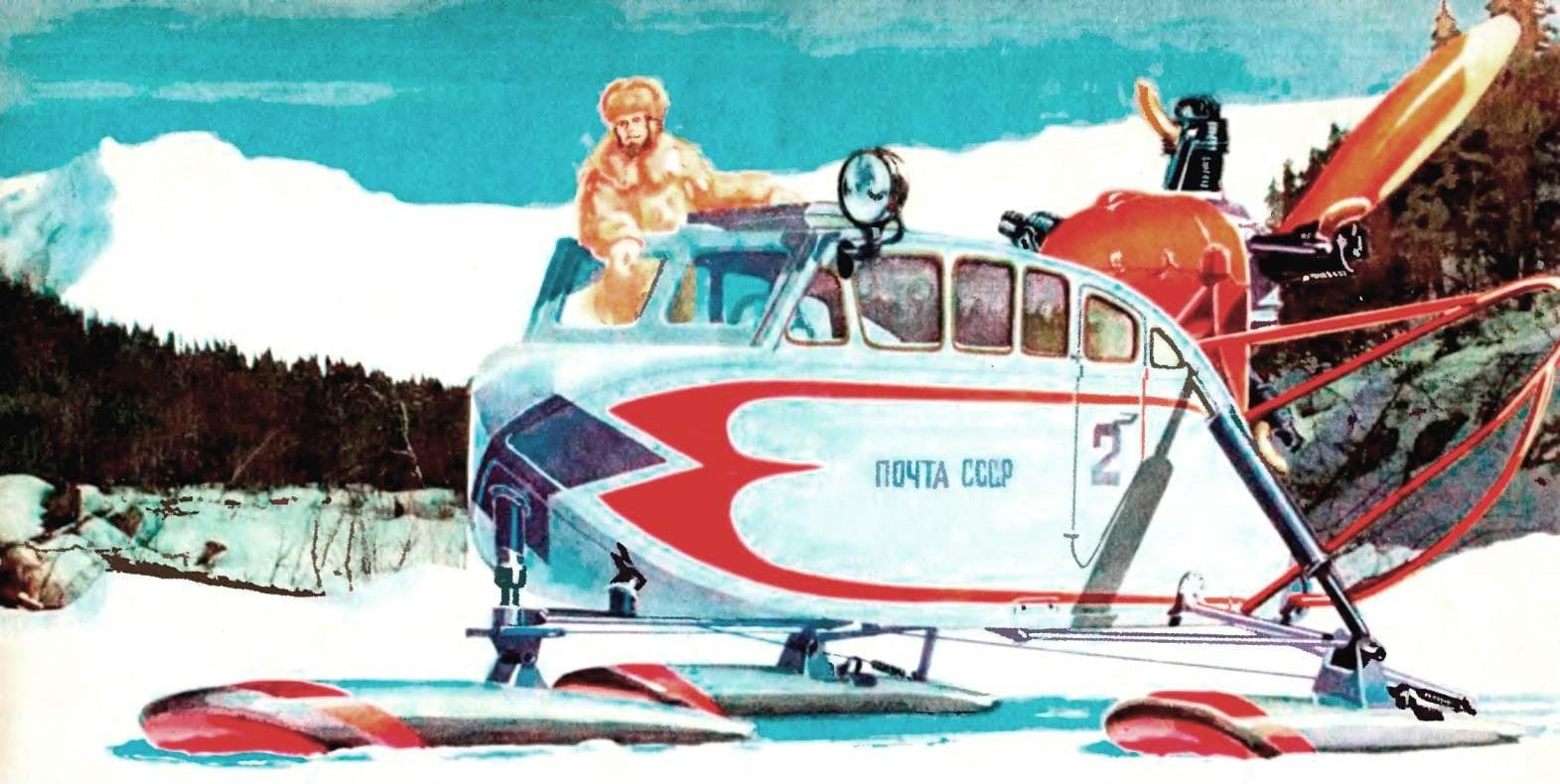
 Copenhagen, 1934. International aviation exhibition. Among the machines for the development of the North paid particular attention to the snowmobiles of OSG-6. Comfortable and shared, they differed from the other designs of technology, a good layout. Powerful aircraft engine M-11 allowed them to reach the speed of 80 km/h.
Copenhagen, 1934. International aviation exhibition. Among the machines for the development of the North paid particular attention to the snowmobiles of OSG-6. Comfortable and shared, they differed from the other designs of technology, a good layout. Powerful aircraft engine M-11 allowed them to reach the speed of 80 km/h.
 When conducting home experiments with the batteries from the flashlight, the repair of toys and models with motors in adolescents is frequently necessary to connect conductors to the petals and the power flat pins or terminals schematic Yes to quickly and reliably Ko without soldering.
When conducting home experiments with the batteries from the flashlight, the repair of toys and models with motors in adolescents is frequently necessary to connect conductors to the petals and the power flat pins or terminals schematic Yes to quickly and reliably Ko without soldering.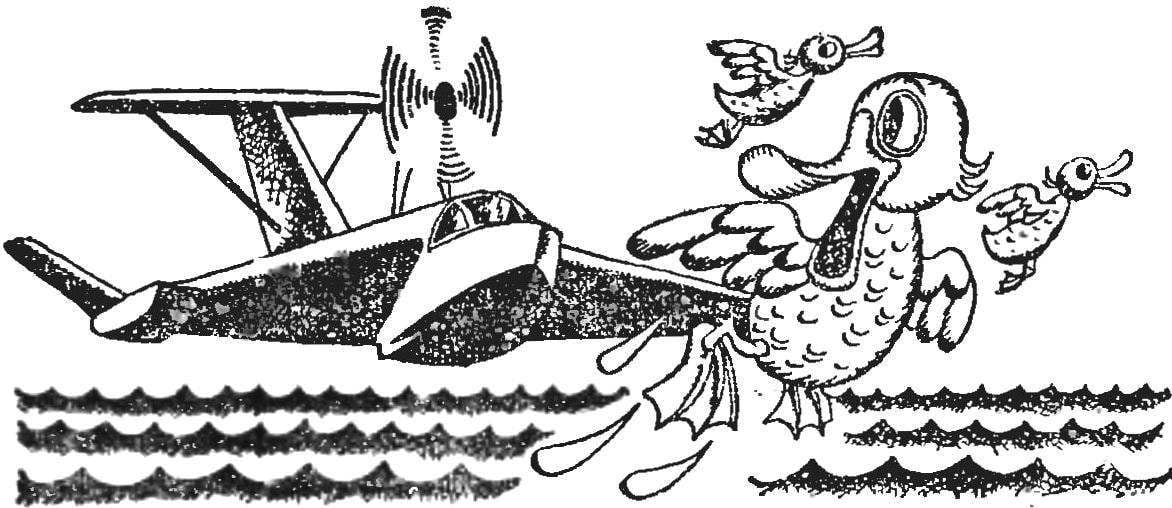
 The speed of fast motor vessels — boats, scooters and even simple boats — are growing. This is logical not only in sports but also in everyday operation of such ships, because the increased speed of some vehicles inevitably make others, at this stage, lagging, or catch up, or to go from the arena, replaced by a more reliable, fast and economical. But the growth speed on the water is not as painless a process as it might seem at first glance.
The speed of fast motor vessels — boats, scooters and even simple boats — are growing. This is logical not only in sports but also in everyday operation of such ships, because the increased speed of some vehicles inevitably make others, at this stage, lagging, or catch up, or to go from the arena, replaced by a more reliable, fast and economical. But the growth speed on the water is not as painless a process as it might seem at first glance.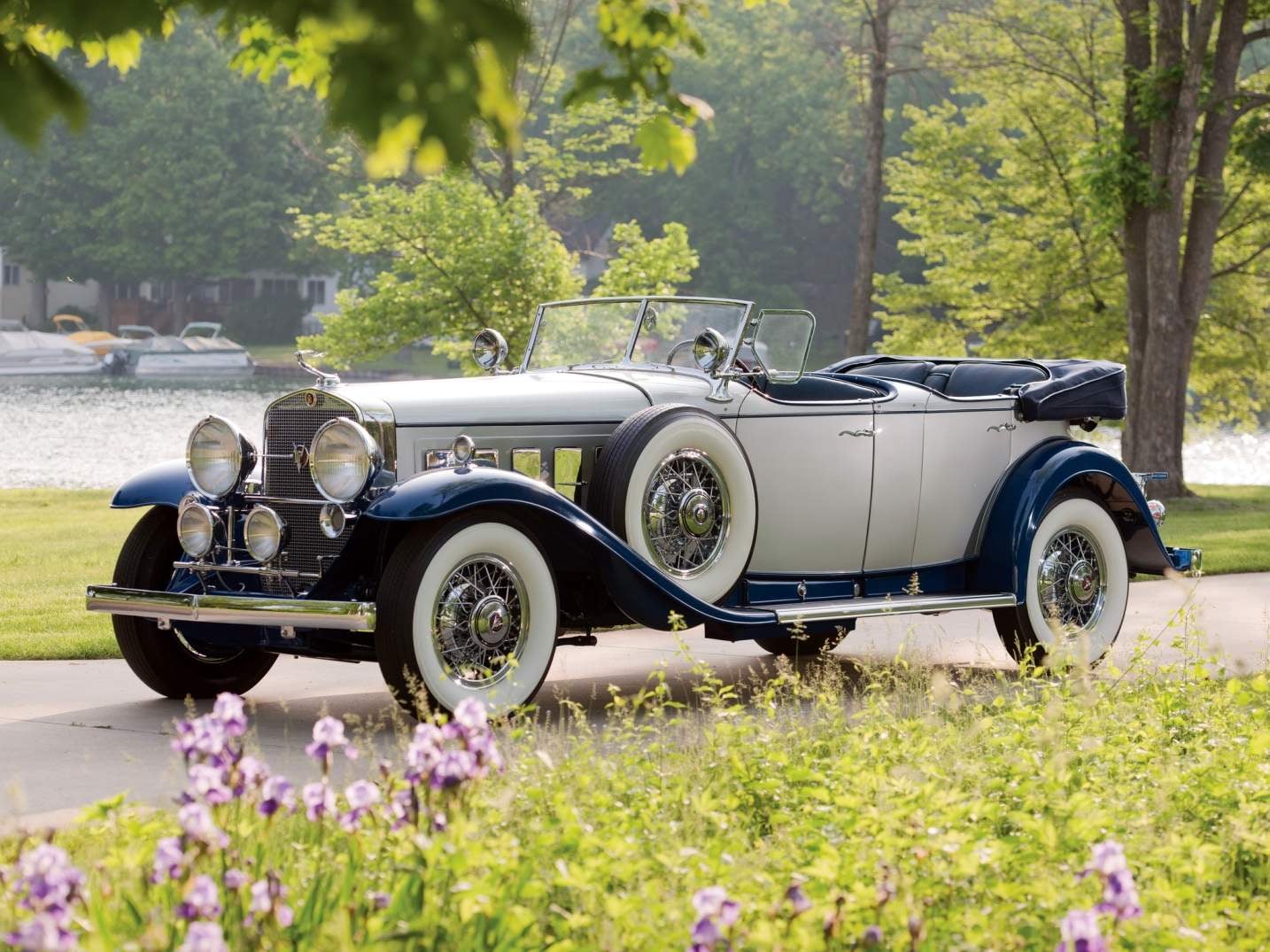
 The first American car company Cadillac, founded in 1902, was a machine, practically do not differ from those produced workshops of Henry Ford. However, since 1909 the company went into the part of General Motors, began to produce cars with a more powerful 4-cylinder engines. In the future, the Cadillac firm specialized in the production of the most prestigious and comfortable limousines, and CADILLAC, the brand became a sign of wealth of the owner of the car, the entertainment machine, usually become carriers of new trends in automotive engineering. It is on the limousines CADILLAC introduced the electric starter and electric lighting (1912), V-shaped 8-cylinder engines (1915), dynamic system balancing, crankshaft and brakes on all four wheels (1924), as well as synchronized transmission (1929).
The first American car company Cadillac, founded in 1902, was a machine, practically do not differ from those produced workshops of Henry Ford. However, since 1909 the company went into the part of General Motors, began to produce cars with a more powerful 4-cylinder engines. In the future, the Cadillac firm specialized in the production of the most prestigious and comfortable limousines, and CADILLAC, the brand became a sign of wealth of the owner of the car, the entertainment machine, usually become carriers of new trends in automotive engineering. It is on the limousines CADILLAC introduced the electric starter and electric lighting (1912), V-shaped 8-cylinder engines (1915), dynamic system balancing, crankshaft and brakes on all four wheels (1924), as well as synchronized transmission (1929).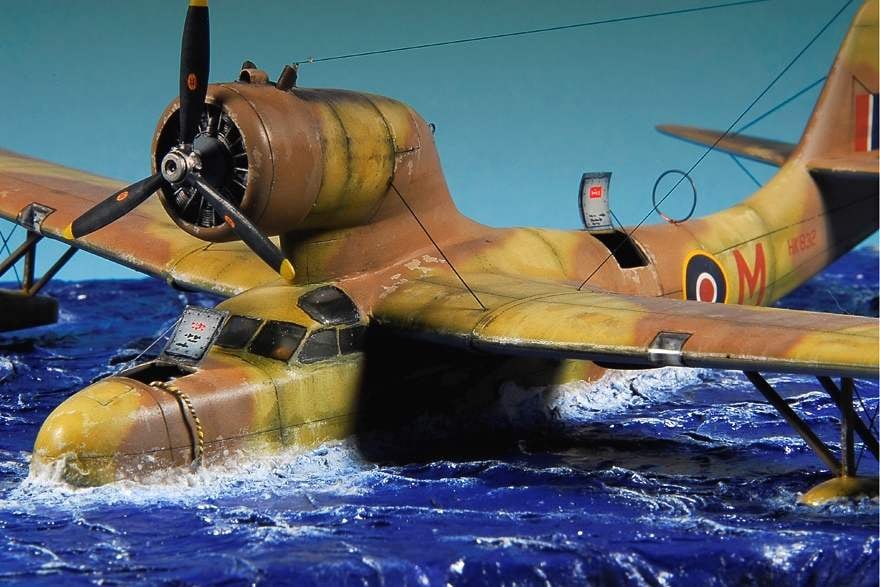
 Flying boat Fairchild F-91. This small flying boat designed in 1934 by the American firm Fairchild, was calculated for mass production, but, despite its excellent flight characteristics, she never went into big series. The firm has managed to produce only seven units of the machine. However, the fate of these seaplanes were interesting enough. They had a chance not only to visit most of the continents of the globe, but also to participate in hostilities and, in particular, in the civil war in Spain.
Flying boat Fairchild F-91. This small flying boat designed in 1934 by the American firm Fairchild, was calculated for mass production, but, despite its excellent flight characteristics, she never went into big series. The firm has managed to produce only seven units of the machine. However, the fate of these seaplanes were interesting enough. They had a chance not only to visit most of the continents of the globe, but also to participate in hostilities and, in particular, in the civil war in Spain.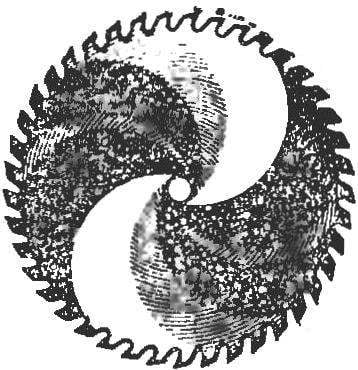
 Combined table circular saw is required for each model a mug. It facilitates the performance of a number of works on wood; moreover, replacing the stanochek tool, you can sand the wooden parts, polishing metal surfaces, sharpening.
Combined table circular saw is required for each model a mug. It facilitates the performance of a number of works on wood; moreover, replacing the stanochek tool, you can sand the wooden parts, polishing metal surfaces, sharpening.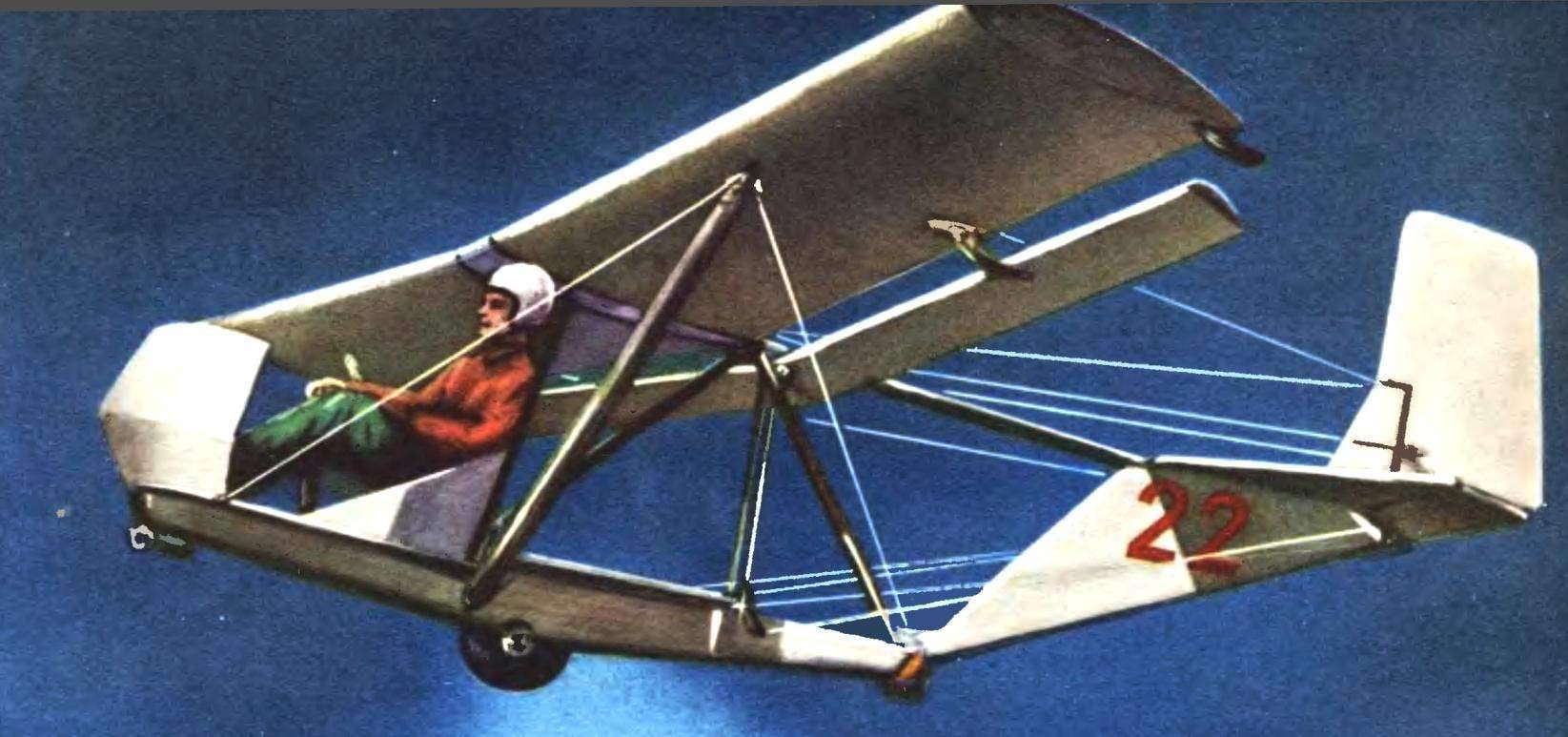

 “Suli’s not pie in the sky, give it to the bird in hand…” So says an old Russian proverb. Don’t know whether it was guided by the famous Lithuanian designer Bronis Oszkinis, creating your initial glider training, to which he gave the name (in Lithuanian “ZIL”). At the all-Union meeting of workers and youth gliding schools and the design of the asset held by the magazine “modelist-Konstruktor”, “Tit” was unanimously recognized as the best ka date training glider. This car can now be seen on many club airfields in our country. Very simple in design and reliable in operation, it has won wide sympathy not only of the younger generation of glider pilots making their first steps in the sky, and veterans of aviation sports.
“Suli’s not pie in the sky, give it to the bird in hand…” So says an old Russian proverb. Don’t know whether it was guided by the famous Lithuanian designer Bronis Oszkinis, creating your initial glider training, to which he gave the name (in Lithuanian “ZIL”). At the all-Union meeting of workers and youth gliding schools and the design of the asset held by the magazine “modelist-Konstruktor”, “Tit” was unanimously recognized as the best ka date training glider. This car can now be seen on many club airfields in our country. Very simple in design and reliable in operation, it has won wide sympathy not only of the younger generation of glider pilots making their first steps in the sky, and veterans of aviation sports.